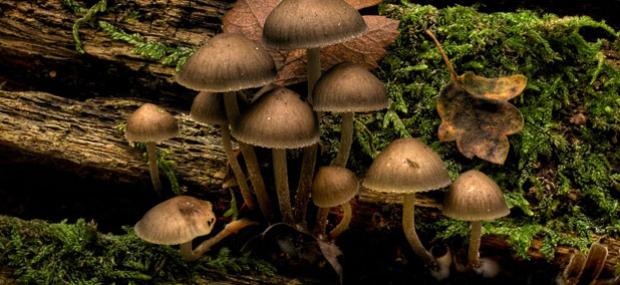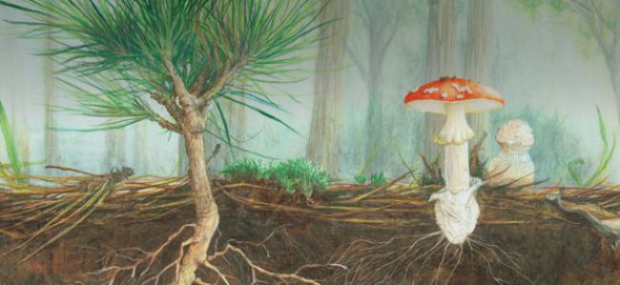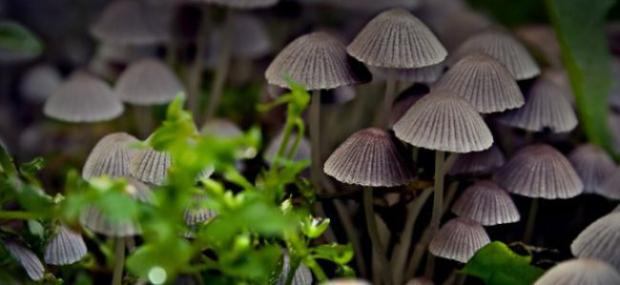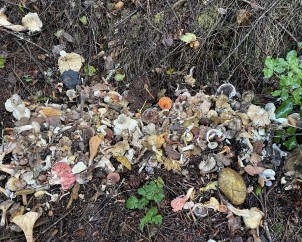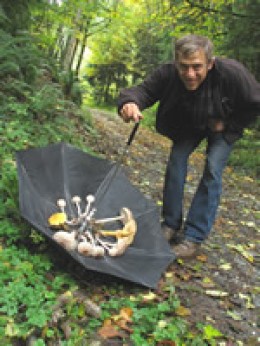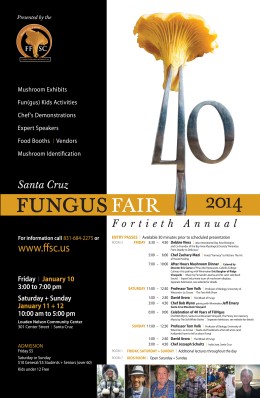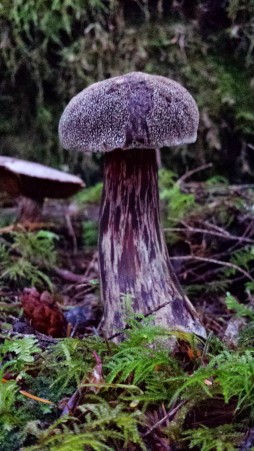Fungus Fair
January 10-12, 2025Explore local mushrooms, both deadly and delicious, at the 51st Anniversary Santa Cruz Fungus Fair. View hundreds of regional species, have your mushroom finds identified, hear notable speakers, enjoy activities for kids young and old, visit our vendors, and sample delicious mushroomy treats during our three-day event.
Find out more

